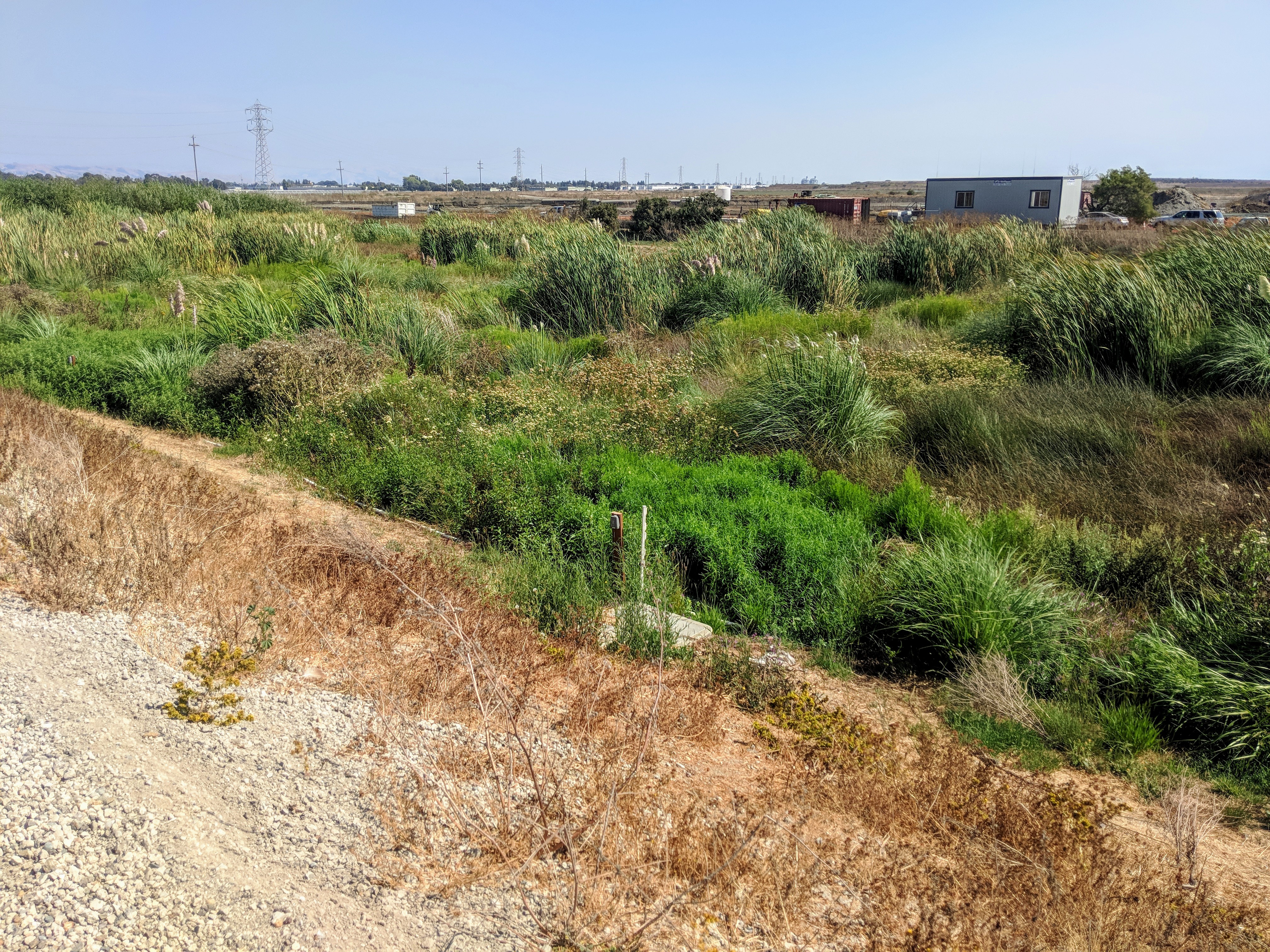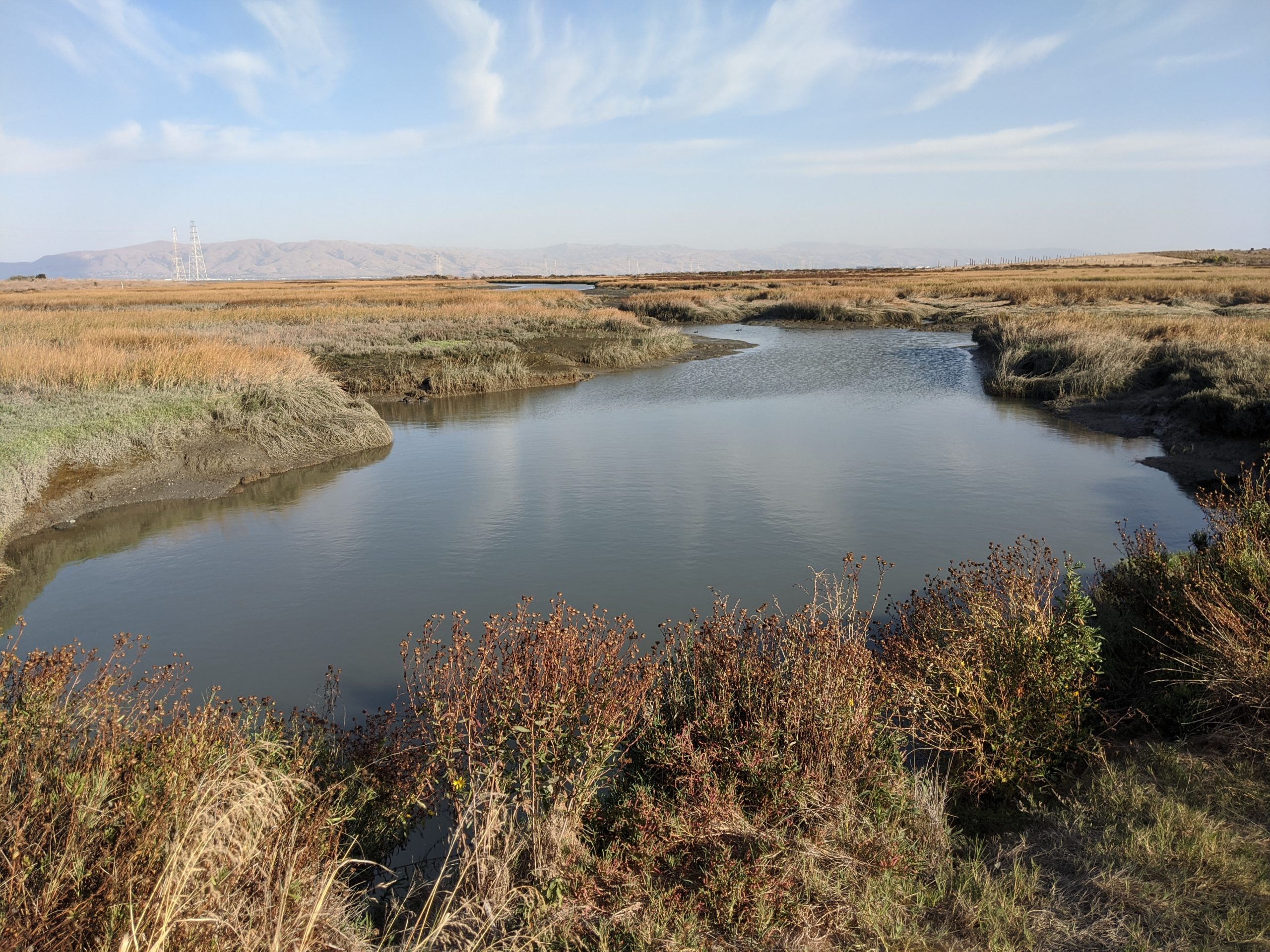Integrated Regional Water Management (IRWM) Program
Integrated Regional Water Management (IRWM) is a collaborative effort to identify and implement water management solutions on a regional scale that increase regional self-reliance, reduce conflict, and manage water to concurrently achieve social, environmental, and economic objectives. This approach delivers higher value for investments by considering all interests, providing multiple benefits, and working across jurisdictional boundaries. Examples of multiple benefits include improved water quality, better flood management, restored and enhanced ecosystems, and more reliable surface and groundwater supplies.

The IRWM story began in 2002 when the Regional Water Management Planning Act (SB 1672) was passed by the Legislature. Since then, various bond acts approved by California voters have provided over $1.5 billion in State funding to support and advance integrated, multi-benefit regional projects. The local match on the State resources has been impressive; often on the order of 4:1. Cities, counties, water districts, community/environmental groups, Tribes and others across the State have worked collaboratively to organize and establish 48 regional water management groups, covering over 87 percent of the State’s area and 99 percent of its population.




IRWM Grant Programs
Over the years, numerous IRWM planning grants have helped RWMGs develop, adopt and update IRWM plans to identify strategies and projects to address the unique needs and conditions of their regions. IRWM implementation grants awarded to date have resulted in implementation of 800+ IRWM projects providing a wide range of benefits. More recently, grants have been awarded to increase involvement of disadvantaged communities and underrepresented communities (including Tribes) in the regional IRWM planning and decision making processes.
Future of IRWM
The practice of IRWM has not fully matured in California. While some IRWM regions are successfully implementing their IRWM plans, others have fallen behind. Based on extensive stakeholder input we compiled in recent years, the key needs of IRWM regions include greater recognition and support by federal, state and local agencies and Tribes, and better alignment of government policies, regulations and programs. IRWM practitioners hold that a comprehensive suite of actions must be taken now to ensure the future of IRWM; those recommended actions are documented in the 2017 report “Stakeholder Perspectives – Recommendations for Sustaining and Strengthening IRWM”.